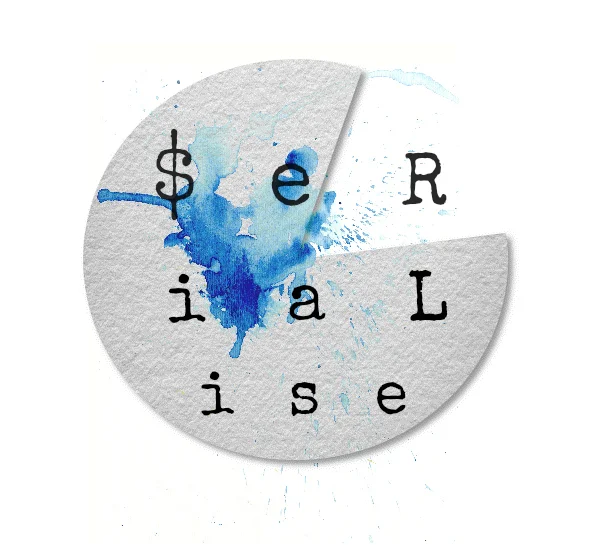"The White Samuari" is the true story of William Adams, an English navigator who, in the 17th century, sailed to Japan and settled there, becoming a key advisor to shōgun Tokugawa Ieyasu, and eventually receiving the dignity of samuari, one of only a tiny handful of Westerners to achieve such an honour.
The tale is told in the form of a series of Haikus; poignant "motets", steeped in the mystery and visual imagery of ancient Japan.
A Haiku [ 俳句 ] is a form of poem originating in Japan and gaining exposure in the West from the 19th century onwards. A Haiku tends to embody three characteristics:
1. Two juxtaposed images or ideas and a kireji ("cutting word") between them; a kind of verbal punctuation mark noting a pause or separation.
2. 17 "syllables" (that being the closest translation of the Japanese word "on"), arranged in lines of 5, 7 and 5.
3. A seasonal reference, drawn from the Saijiki, a chronicle of such references, or "kigo".
